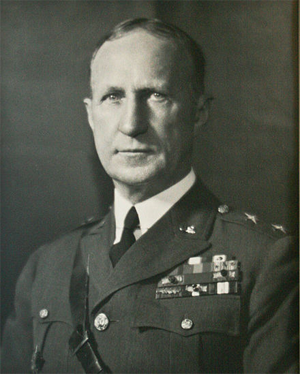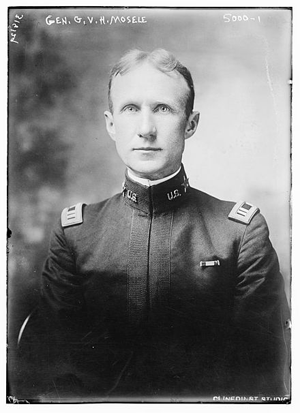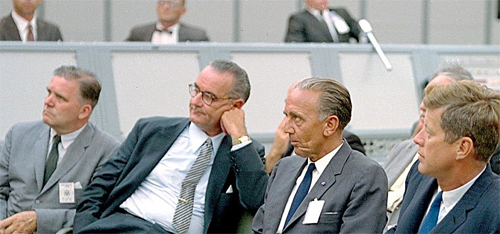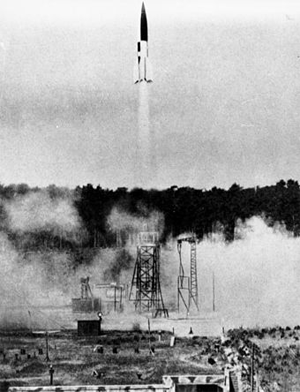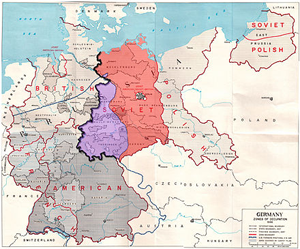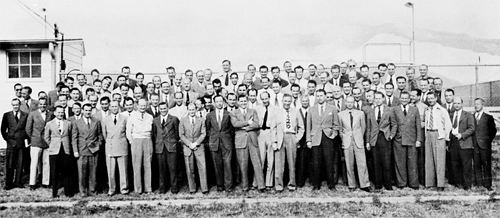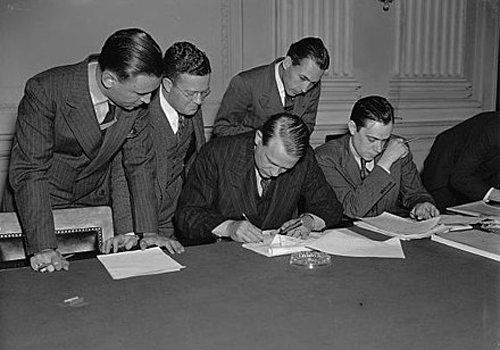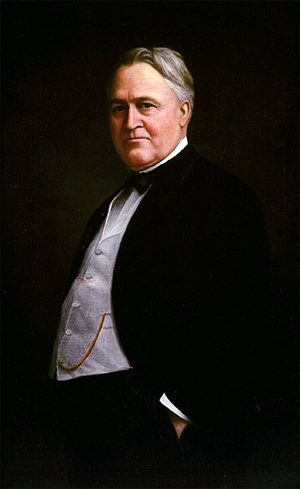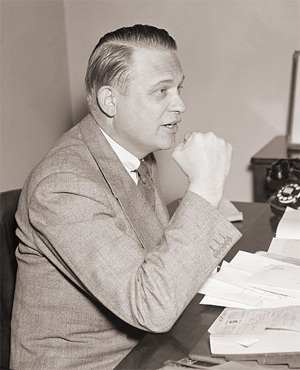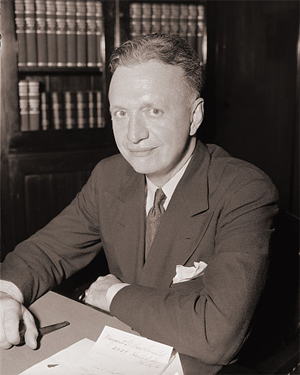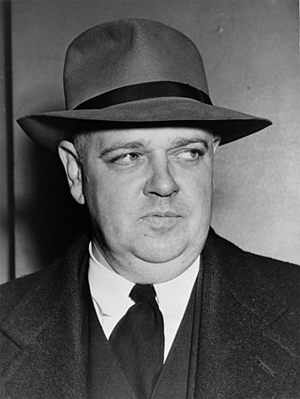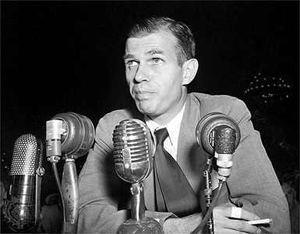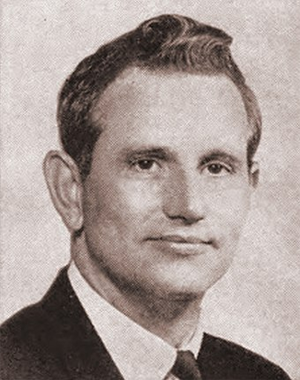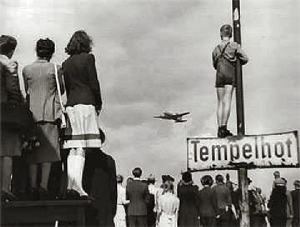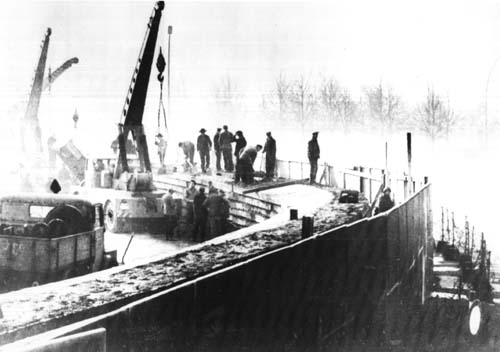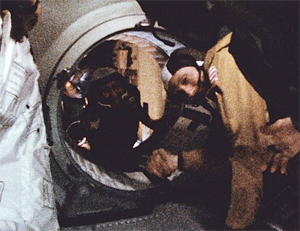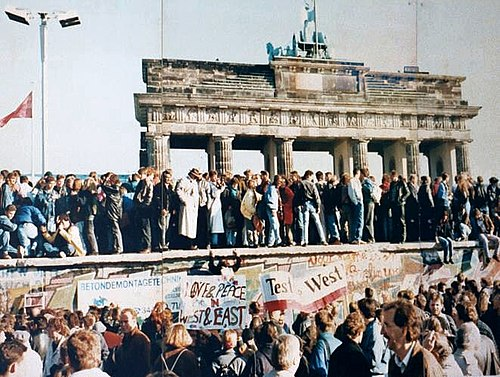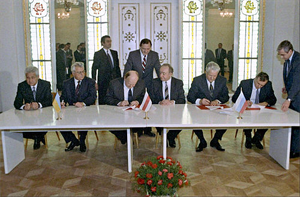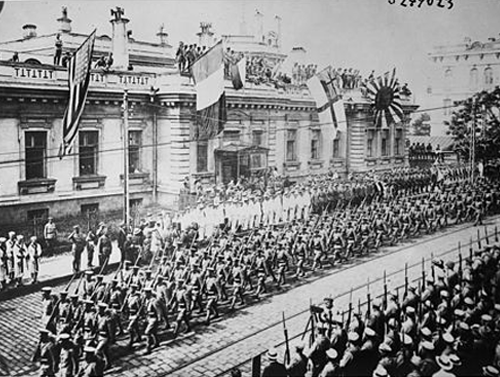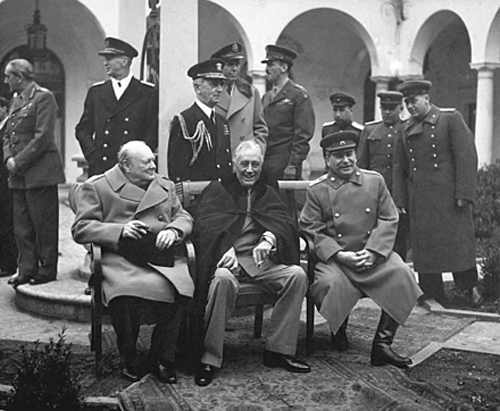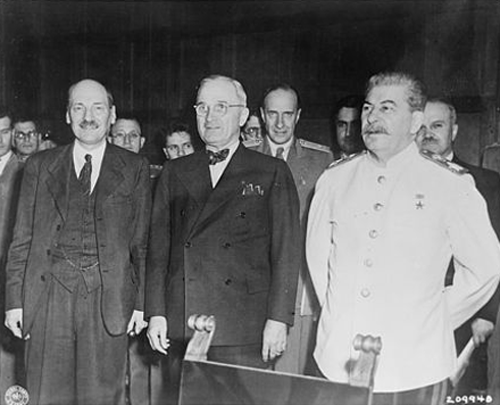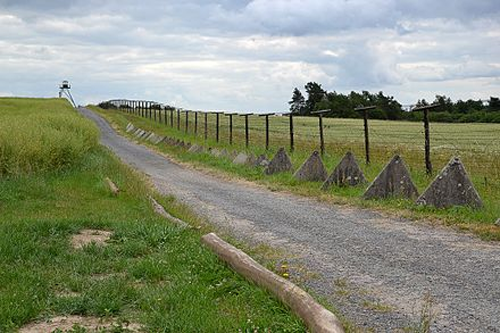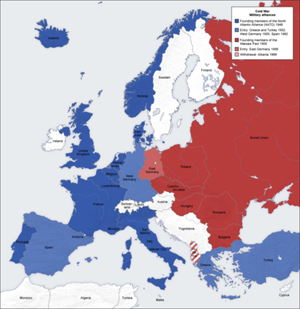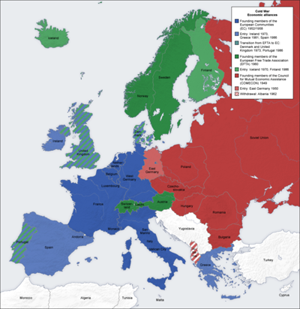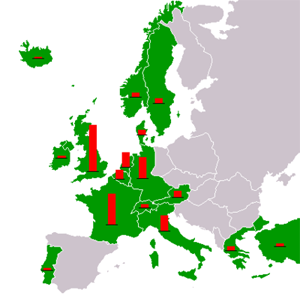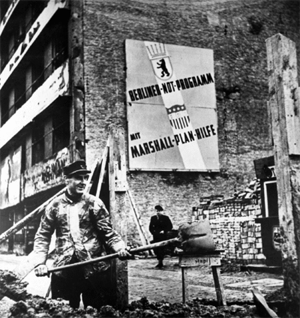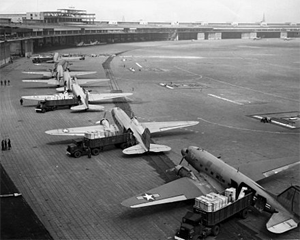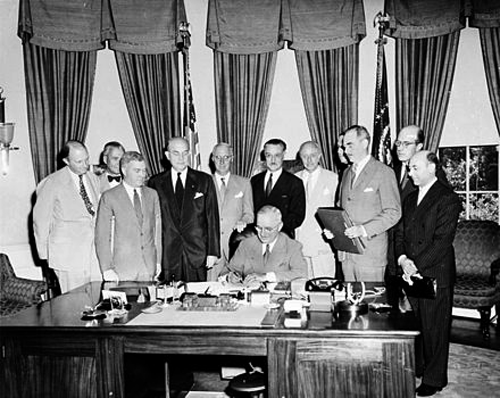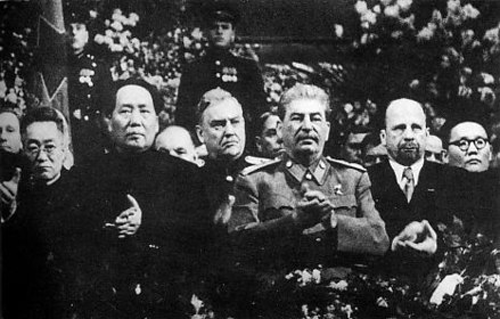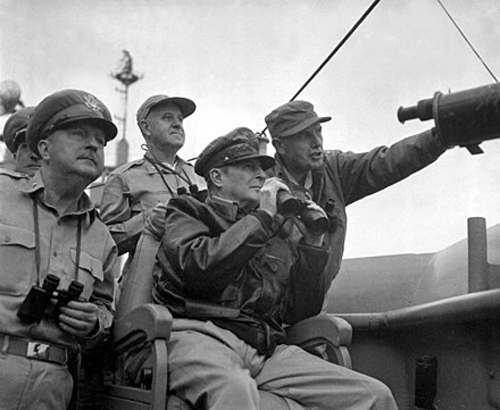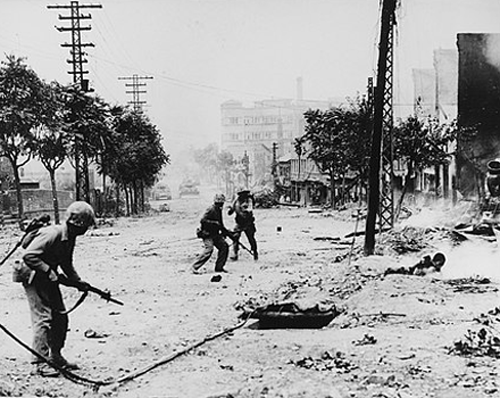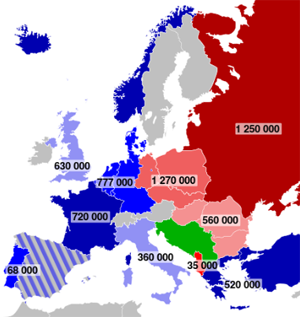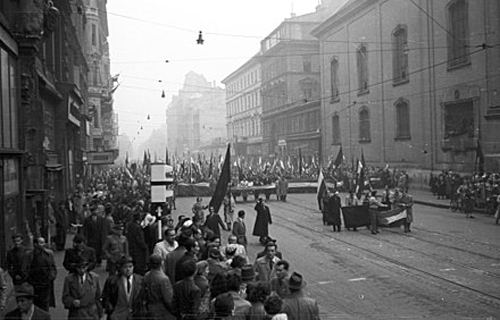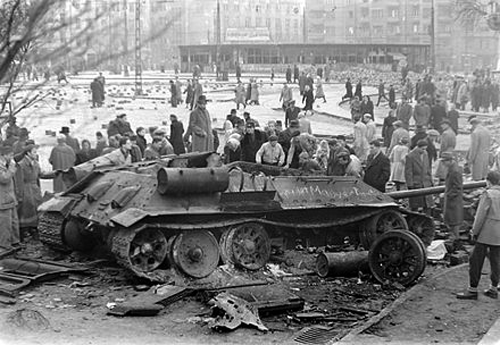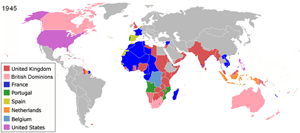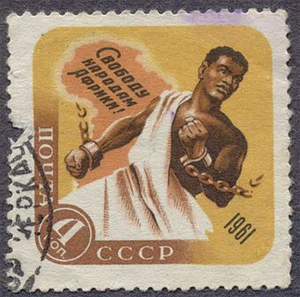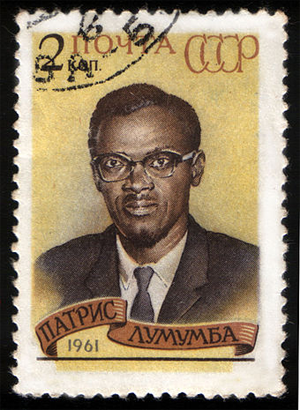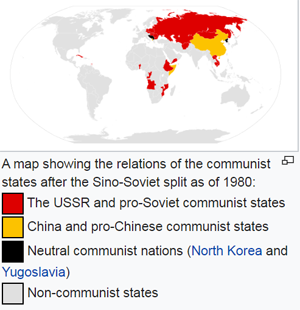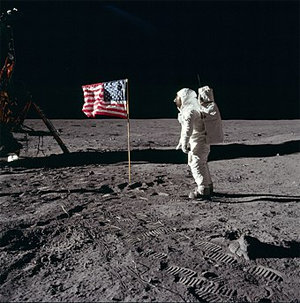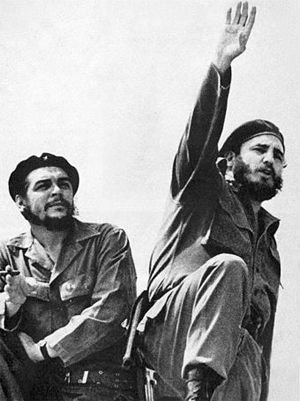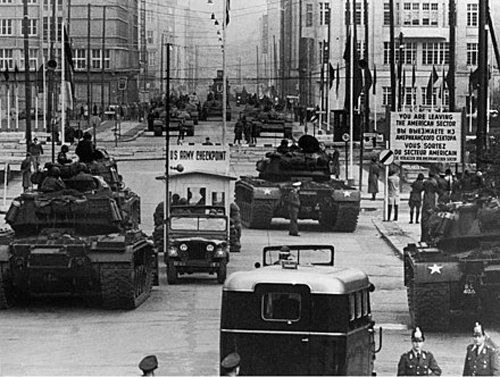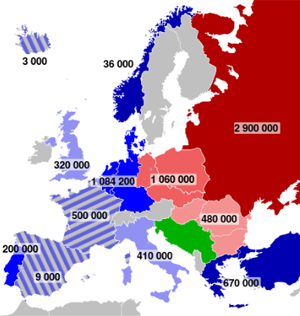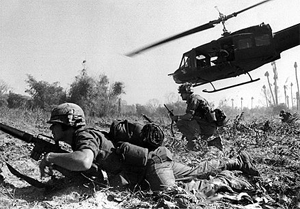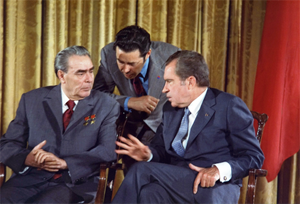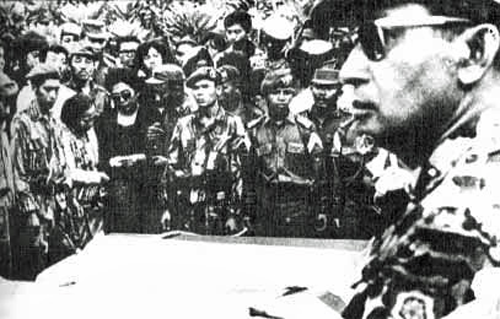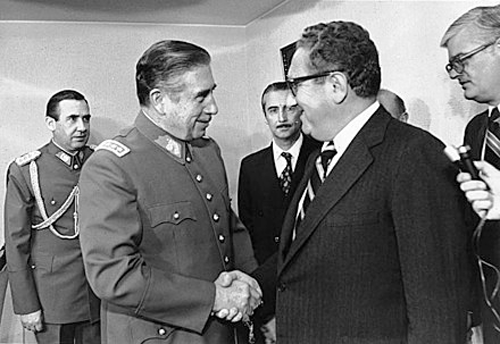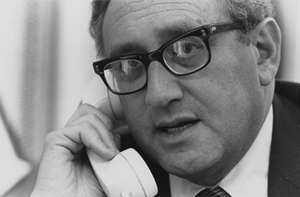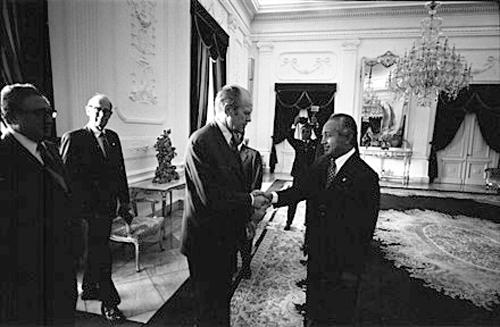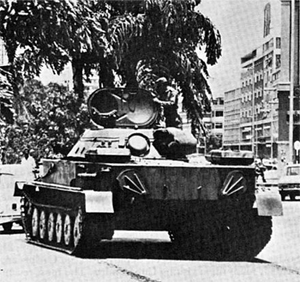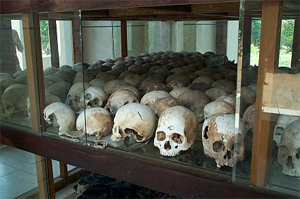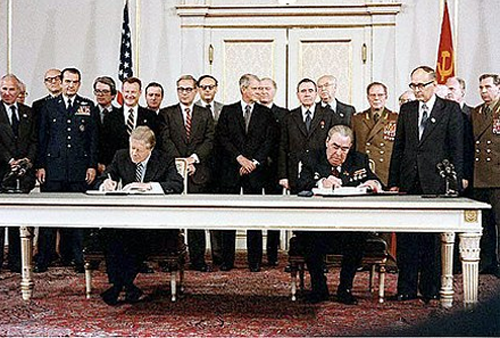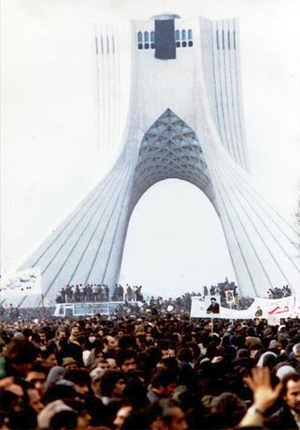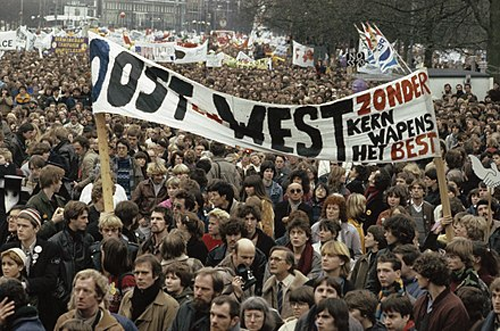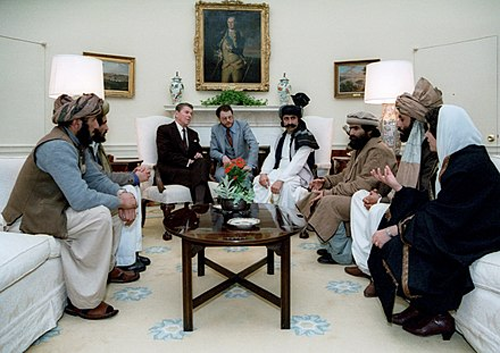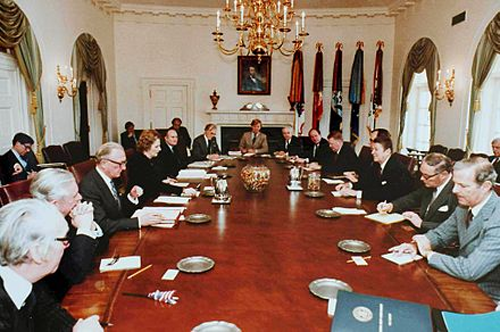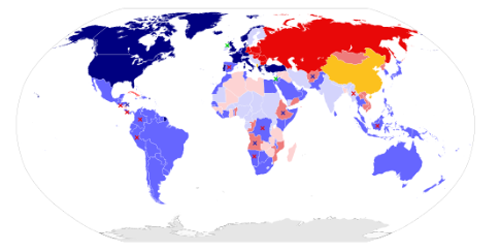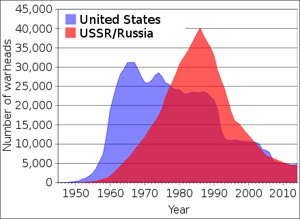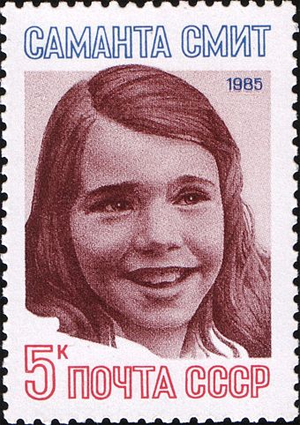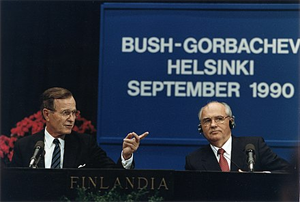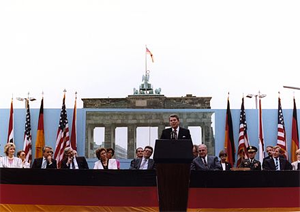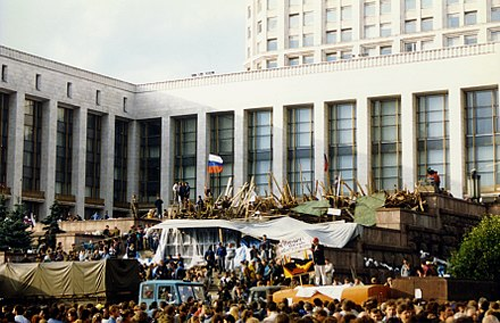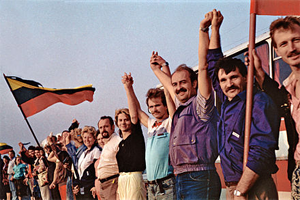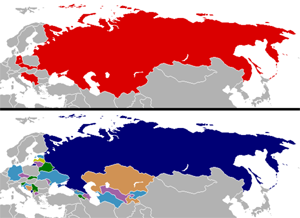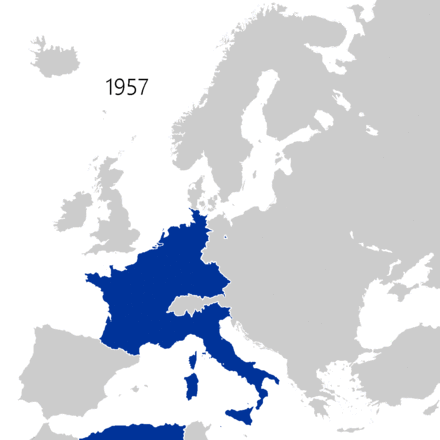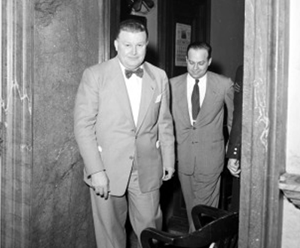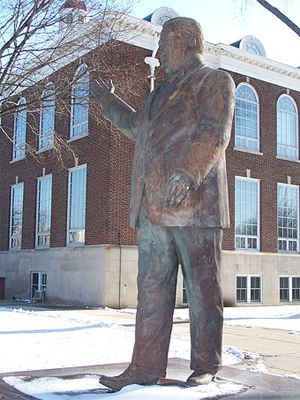by Gus Russo
2006
NOTICE: THIS WORK MAY BE PROTECTED BY COPYRIGHT
YOU ARE REQUIRED TO READ THE COPYRIGHT NOTICE AT THIS LINK BEFORE YOU READ THE FOLLOWING WORK, THAT IS AVAILABLE SOLELY FOR PRIVATE STUDY, SCHOLARSHIP OR RESEARCH PURSUANT TO 17 U.S.C. SECTION 107 AND 108. IN THE EVENT THAT THE LIBRARY DETERMINES THAT UNLAWFUL COPYING OF THIS WORK HAS OCCURRED, THE LIBRARY HAS THE RIGHT TO BLOCK THE I.P. ADDRESS AT WHICH THE UNLAWFUL COPYING APPEARED TO HAVE OCCURRED. THANK YOU FOR RESPECTING THE RIGHTS OF COPYRIGHT OWNERS.
Cast of Characters
Antonino Leonardo Accardo (1906-1992) – aka “Tony,” “Joe Batters,” and “The Big Tuna.” Served as boss of Chicago’s Outfit, the most powerful underworld cartel in U.S. history, for over six decades in the twentieth century. A major force in national bookmaking, labor racketeering, the Teamsters Pension Fund, and Las Vegas casino gambling, Accardo treated Sid Korshak like a son.
Jacob “Jake” (or “Jack”) Arvey (1895-1977) – Chicago-born attorney/political kingmaker who built one of the most powerful patronage “machines” in America. He served as a mentor to many of Chicago’s most “well-connected” Jewish attorneys, and as a crucial vote deliverer for Democratic presidents such as FDR, Truman, and JFK. Key early supporter of the State of Israel.
David Lionel Bazelon (1909-1993) – Chicago Tax attorney, originally in law firm with college buddy Paul Ziffren, but left private practice to become Truman’s assistant attorney general in charge of the lands division, a position that he used to his advantage in his own real estate investments. He quickly advanced to become director of the Office of Alien Property, where he oversaw the disbursement of land (often to his Chicago pals) seized from the Japanese Americans sent to internment camps during World War II. Eventually became a chief judge in D.C.’s Court of Appeals.
Charles Bluhdorn (1926-1983) – aka “The Mad Austrian.” Austrian immigrant who parlayed a successful auto parts distributorship into a conglomerate comprising over a hundred firms, all consolidated in 1958 when he formed Gulf & Western Inc. In 1966, Bluhdorn purchased struggling Paramount Pictures, named Sid Korshak’s sycophant Bob Evans as production chief, then brought in the Mafia’s Vatican money launderer Michele Sindona as a major “silent” investor in the movie studio. Bluhdorn utilized Sid Korshak’s talents to oversee his Chicago racetracks’ labor issues; invested in Korshak’s mob retreat, The Acapulco Towers.
Albert Romolo Broccoli (1909-1996) – aka “Cubby.” One of Sidney Korshak’s closest Beverly Hills friends, and producer/owner of the James Bond movie franchise. When Broccoli produced Diamonds Are Forever in Las Vegas, Korshak was the “uncredited legal advisor” donating both his Riviera Hotel and his girlfriend Jill St. John to the production.
Edmund G. “Pat” Brown (1905-1996) – San Francisco-born attorney and respected governor of California (1959-67). Father of California governor Jerry Brown. Received important political and financial support early and often from Sid Korshak and friends. On board of directors of Bernie Cornfeld’s Investors Overseas Services (IOS), which bilked investors out of hundreds of millions, before imploding after allegations of being a fraudulent pyramid scheme and money launderer for the mob. (Founder Cornfeld served eleven months in a Geneva jail, before charges were dropped, allowing him to move to Beverly Hills and date Heidi Fleiss.)
Jerry Brown (Edmund G. Brown Jr.) (1938-) – aka “Governor Moonbeam.” Governor of California (1974-83) who received controversial labor support from Sid Korshak, allegedly in return for Brown’s favored treatment of Korshak’s California racetrack-owner clients. Later, a presidential candidate (1992) and mayor of Oakland, California. Dated Linda Ronstadt.
Delbert W. “Del” Coleman (1926-) – After selling his interest in Seeburg, Inc. (a jukebox manufacturer linked to the Outfit by the Chicago Crime Commission), the Chicago entrepreneur, an investor in Sid Korshak’s Acapulco Towers, connived with Korshak to take over the Parvin-Dohrmann company as part of a master plan to buy the Stardust and other Vegas casinos. The affair ended with Coleman, Korshak, and others being rebuked by the Securities and Exchange Commission for stock manipulation. The experience also led to a permanent falling-out between Korshak and Coleman.
Morris Barney “Moe” Dalitz (ne Dolitz) (1899-1989) – aka “Moe Davis” and “The Godfather of Las Vegas.” The leader of Cleveland’s Mayfield Road Gang, where he specialized in bootlegging and gambling. Moved to Las Vegas, where he owned mob-skimmed Desert Inn, before expanding into numerous other Vegas properties, and the formerly mob-friendly La Costa Resort in Southern California. Considered Sid Korshak his legal adviser.
Allen M. Dorfman (1924-1983) – For many years, did the Outfit’s (and Sid Korshak’s) bidding as manager of the Teamsters Pension Fund, disbursing over $500 million in low-interest loans, especially to Chicago hoods in Las Vegas. In return, he received kickbacks on the loans, and his insurance company was named carrier of the lucrative Teamsters’ Health Care Fund. Soon after his convictions on the kickbacks and the bribery of Nevada senator Howard Cannon, he was murdered in the Chicago suburbs, amid contentions that he had been “flipped” by the feds.
Bob Evans (ne Robert J. Shapera) (1930-) – Manhattan-born clothing salesman for his brother Charles’s Evan-Picone clothing line. After a brief flirtation with acting, named by Gulf & Western chief Charles Bluhdorn as production head at Paramount Studios, which he gave a new life after producing hits such as The Godfather and Love Story. Well-known abuser of narcotics, Evans fell out with his longtime “consigliere,” Sid Korshak, after being busted in 1980 for cocaine possession, narrowly escaping a trafficking charge. It was reported that he later came under suspicion when Roy Radin, an investor in Evans’ Cotton Club movie, was murdered in 1983, amid a haze of massive cocaine purchases and thefts. When the case came to trial in 1989, Evans, under the guidance of his attorney, Korshak friend Robert Shapiro, took the Fifth Amendment and refused to testify. Evans was a close friend and promoter of child rapist and director Roman Polanski. Dated _____ (fill in the blank with starlet names). Serial husband.
John Jacob Factor (189-1984) – aka “Jake the Barber.” British stock swindler, brother of Hollywood cosmetics baron Max Factor. After hiding out in Chicago, Factor faked his own kidnapping (with the Outfit’s help) to avoid extradition to the UK (sending an innocent “kidnapper” to jail for life). Later, Factor fronted for the Outfit at their Stardust Hotel in Las Vegas. In Sin City, Jake took orders from Sid Korshak, while in Los Angeles, brother Max Factor employed Korshak to keep labor in line. Noted philanthropist.
Charlie Gioe (ne Joye) (1904-1954) – aka “Cherry Nose.” Bookie in the Capone Syndicate, co-owner of Chicago’s Seneca Hotel (a key Supermob crossroads) with Alex Greenberg; convicted in the 1943 Hollywood extortion scandal, after which Sid Korshak, who had visited Gioe in prison twenty-two times, arranged for his parole supervision.
Alex Louis Greenberg (1891-1955) – aka “The Comptometer.” Chicago bootlegger and real estate investor for the Capone mob and the Outfit, loan shark, and part owner of the Seneca Hotel, Partnered with Paul Ziffren and others in California land investments.
Al Hart (1904-1979) -- Bootlegger in the Capone mob, distillery owner, backer of Bugsy Siegel in Las Vegas. After move to California, he owned the mob-friendly Del Mar Race Track and founded the mob-friendly City National Bank of Beverly Hills, later the largest independent bank in California. With Sid Korshak, an original investor in both the Bistro restaurant and Korshak’s gangster getaway, The Acapulco Towers.
Conrad Hilton (1887-1979) – New Mexico-born patriarch of the Hilton Hotel dynasty, partnered with mob-front Arnold Kirkeby to expand his empire, which utilized Sid Korshak as labor consultant. Paid for his long association with Korshak when his bid to obtain a New Jersey casino license was rejected in 1985, largely due to Korshak’s mob ties.
James Riddle “Jimmy” Hoffa (1913-1975?) – Rugged son of an Indiana coal miner who seemed predestined to head a violence-prone organization like the Teamsters, which he did from 1957 until his imprisonment for jury tampering in 1967. Hoffa was only able to attain his post thanks to the key backing of Outfit bosses such as Curly Humphreys, who had their sights fixed on the heavily endowed Pension Fund. When Hoffa allowed them Las Vegas loans, he had to answer to Sidney Korshak. Hoffa disappeared in 1975 after he announced he wanted to take back the Teamster presidency from a cabal that made Hoffa’s relationship with racketeers seem benign by comparison.
Howard Robard Hughes (1905-1976) – Texas-born aviation-industry pioneer, film producer, Las Vegas hotel magnate, recluse, and best-known sufferer of obsessive-compulsive disorder. Hughes tangled (successfully) with Sid Korshak over ownership of RKO studios in the fifties and unsuccessfully with Korshak’s Outfit pals in Las Vegas in the seventies.
“Murray” Llewelyn Morris Humphreys (1899-1965) – aka “Curly,” “The Hump,” “The Camel,” “John Brunswick,” “G. Logan,” “Mr. Lincoln,” “Dave Ostrand,” “Cy Pope,” “Einstein,” “Mr. Moneybags.” Labor-racketeering, corruption, and bribery genius of the Chicago Outfit. Sidney Korshak’s direct superior and liaison to “the Chicago boys” after Korshak was sent West.
Burton W. Kanter (1930-2001) – Abe Pritzker’s Chicago tax attorney, and a founder of the Castle Bank in the Bahamas, where the Pritzkers and other clients were able to dodge millions in taxes in the 1970s. Kanter, himself a multimillionaire, openly admitted to not paying taxes for decades. With the Pritzker dynasty, devised a kickback scheme involving Prudential Insurance and creative forms of offshore film financing used to bankroll some of Hollywood’s biggest hits. At the time of his death, after a complicated ten-year IRS investigation, he was awaiting sentencing for massive tax evasion. Noted philanthropist.
Kerkor “Kirk” Kerkorian (1917-) – California-born, hugely successful deal-maker and conglomerate builder. After an early profitable airline venture, he purchased MGM and numerous Las Vegas hotels, including the Hilton International, MGM Grand, The Mirage, and Mandalay Bay. In his early career, he was linked by telephone wiretaps to Genovese crime-family enforcer Charlie “the Blade” Tourine.
Arnold S. Kirkeby (1900-1962) – Chicago real estate speculator who partnered with Conrad Hilton (openly) in numerous hotels and restaurants, and with hoods such as Meyer Lansky and Longy Zwillman (covertly).
Morris Jerome “Marshall” Korshak (1910-1996) – Sidney’s kid brother and another Chicago-born attorney, one of the most successful elected politicians (liberal Democrat) in twentieth-century Chicago, and a lifelong supporter of the state of Israel.
Sidney Roy Korshak (1907-1996) – aka “The Fixer,” “The Myth,” “Mr. Silk Stockings,” and “The Duke.” Chicago-born attorney who was the point man in the Chicago Outfit’s power plays in Hollywood and Las Vegas, often conducting business from his table at the Bistro restaurant in Beverly Hills, where he had relocated in the fifties. Middleman between the mob-controlled Teamsters and legit corporations who curried its favor for labor peace. In Vegas, he was in charge of a number of hotel-casinos, most notably The Riviera. Frequent escort of actresses Jill St. John (Oppenheim) and Stella Stevens (Estelle Eggleston), among others.
Irv Kupcinet (1912-2003) – aka “Kup.” Iconic Chicago Sun-Times gossip columnist and Emmy Award-winning television host, Kup was a longtime friend of Sid Korshak’s, with whom he shared Table One in the Ambassador East’s Pump Room. Korshak came to Kup’s aid when Kup’s daughter was murdered in Hollywood in 1963.
Paul Dominque Laxalt (1922-) – Nevada-born U.S. senator (1974-87) and governor of Nevada (1967-71). Ronald Reagan’s closest pal, and his presidential campaign chairman, he was also close to his own chief fund-raiser, Ruby Kolod of Cleveland’s Mayfield Road Gang, and Chicago’s Sid Korshak. When Laxalt needed a loan to build his Ormsby House Casino in Carson City (soon to be skimmed by the Chicago Outfit), Korshak allegedly had him write a character reference letter on behalf of imprisoned Jimmy Hoffa to President Nixon; Korshak then set him up with a loan from a friendly Chicago banker. When these associations and allegations were reported in the Sacramento Bee, Laxalt’s long-planned presidential bid was torpedoed.
James Caesar Petrillo (1892-1984) – aka “Little Caesar” and “The Mussolini of Music.” Longtime Chicago president of the powerful American Federation of Musicians (AFM). Often linked to the Chicago Outfit, Petrillo gave favored-fee status to Stein’s fledgling MCA, enabling it to bury the competition. Target of three congressional investigations and two federal prosecutions for union corruption.
Abe Pritzker (1896-1986) – Chicago attorney (Pritzker, Pritzker and Clinton) and corporate mogul (Hyatt Hotel chain, the massive Marmon Group conglomerate). His firm’s Stanford Clinton was a trustee of the mob’s bank, aka the Teamsters Pension Fund, from which Hyatt made low-interest loans. Often linked to Chicago’s Outfit, and L.A.’s “Capone,” Jack Dragna, Pritzker employed lifelong friend Sid Korshak to keep labor unions in line. His company paid penalties of $460 million for a fraudulent bank failure and millions more to the IRS for tax evasion; the Pritzker empire was the largest depositor in the offshore Bahamian Castle Bank, which was developed by Pritzker’s tax attorney Burton Kanter as a vehicle for tax dodging. Noted philanthropist.
Ronald Wilson Reagan (1911-2004) – aka “Dutch,” “The Gipper,” and “The Great Communicator.” Sub-B actor from Iowa, who started out in Outfit-controlled joints before being promoted by his agents, MCA’s Stein and Wasserman, into the Screen Actors Guild presidency, the California governorship, and eventually the U.S. presidency. Lifelong hunter of commies, both real and imagined, and an informant on fellow actors for the FBI’s J. Edgar Hoover. Told the Soviets, “Tear down this wall.”
Harvey Silbert (1912-2002) – Chicago-born attorney; moved to L.A., where he was a partner in the powerful law firm Wyman, Bautzer, Rothman, Kuchel, Christianson, and Silbert, which represented many A-list celebrities; personal attorney for Frank Sinatra. Silbert was a stockholder in Korshak’s heavily skimmed Riviera, which he managed for a time. (FBI sources alleged that Riviera skim was laundered through Silbert’s law firm.) Silbert was also a director of the beleaguered Parvin, Dohrmann Corporation. Prolific philanthropist, especially to Jewish causes.
Michele Eugenio Sindona (1920-1986) – aka “The Shark” and “St. Peter’s Banker.” Charlie Bluhdorn’s Sicilian alter ego, successful industrialist, banker, conglomerate builder; also a reputed made Mafioso who laundered Gambino-family heroin profits through the Vatican Bank (one of his clients), and a member of the secret Italian Masonic Lodge, known as P-2. After investing heavily in Bluhdorn’s Paramount Pictures, he was convicted of bank fraud in 1980 (sentenced to twenty-five years), then extradited to Italy, where he was convicted in 1986 of ordering the murder of an Italian prosecutor who was investigating Sindona’s vast Mafia entanglements. Two days after his murder conviction, Sindona died in an Italian prison, poisoned under mysterious circumstances.
Dr. Julius Caesar “Jules” Stein (1896-1981) – Chicago ophthalmologist and founder of Music Corporation of America (MCA) and universal Pictures, arguably the most powerful entertainment conglomerate in American history. Early friend of Al Capone, who helped Stein muscle his way into the business by smoke-bombing competitors. His MCA was continually investigated by the feds for six decades, with minimal repercussions. Noted philanthropist.
Lester Velie (1908-2003) – Classmate of Sid Korshak’s at the University of Wisconsin, preeminent award-winning investigative journalist for Collier’s and Reader’s Digest; a lifelong organized-crime gadfly and the first to crusade against Korshak, Ziffren, and the Supermob.
Louis “Lew” Wasserman (ne Weiserman) (1913-2002) – MCA president who, with Jules Stein, became one of the most powerful entertainment moguls in America. Tried hard to stay out of the public eye and was known as a brilliant visionary, tough businessman, and master of corporate tax avoidance through the use of the Dutch Sandwich scheme. Heavily reliant on Sid Korshak’s sway over Hollywood unions and guilds. Together with Ziffren and Korshak, known as the Three Redwoods. Wasserman was an important West Coast supporter of many Democratic presidents.
Paul Ziffren (1913-1991) – Chicago attorney (and possibly the illegitimate son of Jake Arvey), specializing in tax law. Frequent real estate speculator, especially in postwar California, with the likes of Alex Greenberg, David Bazelon, Fred Evans, and Sam Genis. In his twenty-year run as California’s Democratic national committeeman, Ziffren became, like his mentor Arvey in Illinois, a kingmaker for the Democratic Party in California in the mid-twentieth century. Brought both the 1960 Democratic convention (which nominated JFK) and the 1984 Olympics to L.A. His prestigioius L.A. lawfirm, Gibson, Dunn and Crutcher, which specialized in tax matters, had a large celebrity clientele.
Abner Zwillman (1904-1959) – aka “Longy.” New Jersey’s most notorious gangster, founder of Murder Inc. Among his enterprises were gambling, prostitution running, and control of labor unions. Zwillman was possibly the first big gangster of “wash” his money in so-called legit businesses such as Kirkeby’s Hilton Hotels, casinos from Havana to Las Vegas, and in Hollywood movie studios, where his interests (and girlfriends such as actress Jean Harlow) were often watched over by Sid Korshak.
Supermob (soo-per-mahb) n. a group of men from the Midwest, often of Russian Jewish heritage, who made fortunes in the 20th century American West in collusion with notorious members of organized crime.
********************************
Chapter 3: Birds of a Feather [Excerpt]
The year 1940 got off to a bad start and only seemed to get worse, as Sidney Korshak became embroiled in two major scandals involving his Outfit-controlled union clients. Thanks to the efforts of crusading 132 paper syndicated columnist (and future Pulitzer Prize winner) Westbrook Pegler, the true agendas of Willie Bioff and George Scalise, president of the seventy-thousand-member Building Services Employees Union, would be revealed.
By sheer coincidence, Pegler, who had once worked the crime beat in Chicago, attended a 1939 party in Los Angeles where he was introduced to “Willie Bioff of IATSE.” But Pegler knew better – he remembered Bioff as the whore-beater of Maxwell Street, on the lam for an outstanding pandering indictment. In November 1939, Pegler outed Bioff, and in early 1940, Pegler gave his information to the Screen Actors Guild, which had an open investigation of Bioff and IATSE, the result of Bioff’s terrorizing of guild members with tire slashings – he also sought to control their union. SAG notified Chicago authorities, and Bioff was remanded to Chicago in April 1940 to answer the pandering charge. In the current vernacular, Bioff had been “Peglerized.”
It came out in later testimony that while Bioff was in Chicago waiting to be jailed for the pandering charge, he attended a series of conferences with Nitti, Ricca, Korshak, and Alex Greenberg, held at their various homes and at the Bismarck and Seneca hotels. At a Bismarck Hotel meet, Bioff was first introduced (or so he testified) to the Supermob’s Sid Korshak. Prosecutors doubted this was the first time the two had met, since Bioff admitted under oath that he was involved in the Scalise affair, which also involved Korshak. In any event, at the Bismarck powwow, Charles “Cherry Nose” Gioe introduced his Seneca Hotel-mate Korshak to Willie Bioff.
“Willie, meet Sidney Korshak. He is our man,” Gioe declared. “I want you to do what he tells you. He is not just another lawyer. He knows our gang and figures our best interest. Pay attention to him, and remember, any message you get from him is a message from us.”
Over the next few weeks, Bioff said, he met with Korshak about a dozen times at cafes and hotels. Years later, when a California friend asked if he had defended Bioff in court, Korshak exploded, “Are you nuts? Of course not! I only counseled the bastard!”1 In early April, Bioff began serving out his five months in Bridewell Prison, after which he returned to L.A. to continue IATSE thuggery.
But Westbrook Pegler had not yet finished his haunting of the Outfit and Sid Korshak. In his January 19, 1940 column, Pegler exposed George Scalise as another ex-convict and panderer. Pegler’s article revealed that Scalise was a convicted white slaver who had served four and a half years in prison on that charge and had long been associated with gangsters such as Lepke Buchalter and Jacob Shapiro of New York’s Murder, Inc.* [*Other associates were Peter Rienzi, Frankie Yale (Uale), Anthony Carfano, Joey Amberg, and James Plumieri. He had worked for both the Lucchese and Genovese crime families of New York.]
One week after Bioff’s imprisonment, George Scalise was arrested in New York and indicted on fifty-two counts of embezzlement. The new Scalise charges were based on the discovery of phony accounts set up to siphon union money to Scalise, and by implication, to the New York mob and its partner in the scheme, the Chicago Outfit (the union was headquartered in Chicago and taking orders from Murray Humphreys). Another part of the scheme involved the establishment of new bylaws that permitted Scalise to gerrymander the union locals in ways that would consolidate his power. It was learned that in the previous three years, over $1.5 million had found its way from the union treasury into Scalise’s private account. Not only was Sidney Korshak the union’s counsel, but, what was more telling, authorities found evidence that he had helped set up the phony accounts.
Grand juries were convened in both New York and Chicago on the Scalise matter, and in Chicago, Sidney Korshak caught a break, simultaneously experiencing firsthand the importance of political connections. Korshak must have had to stifle a grin as he took the witness stand before the Chicago grand jury, waiting to be grilled by none other than his great friend, and the man who had just sponsored him for alderman, State’s Attorney Tom Courtney.
Under less-than-hostile questioning, Sidney explained that the fees he had received -- $5,000 as retainer and $3,750 for drawing up the bylaws that established the phony accounts – were not, to his knowledge, for the furtherance of Scalise’s scheme. Thanks to Courtney’s “grilling,” Korshak emerged from the incident unscathed, whereas Scalise was ousted from the union, convicted on five counts, and sentenced to ten to twenty years in the federal penitentiary.2
But Korshak’s problems had just begun. In the fall of that year, one Louise Morris, a tenant of the Seneca, informed Chicago police captain John Howe that a group of men had been seducing underage girls in one of the building’s apartments, coercing them into “immoral and perverse sexual acts.” Upon further investigation, Howe learned that five men in the building had previously been arrested for sex offenses against two underage girls. The men were Lou Pelton, a Capone associate connected with the Bartenders Union, a restaurateur named Gibby Kaplan, Joel Goldblatt, owner of the sixteen-location Goldblatt Brothers Department Store chain, and lastly, law partners Harry Ash and Sidney Korshak.
The Domestic Relations and Delinquency Court scheduled the case to be heard before Judge Victor A. Kula on December 16, 1940. However, when the Chicago Crime Commission checked the court records over the next few weeks, the case had simply disappeared. Although the names of the alleged female victims were located, the five men’s named had vanished along with any record of how the case was resolved. It seemed apparent that, in this so-called most corrupt city in the world, money had changed hands in an amount that satisfied all concerned.3 (Ironically, Sidney’s brother Marshall would become chairman of the Illinois Sex Offenders Commission, which sought to determine – with input from consultant Dr. Alfred Kinsey – the best treatment for sex offenders and the prevention of sex crimes.)
No sooner had the vice charges been dealt with than it was back to the Bioff business, which was about to explode again, forcing Korshak to deliver another “message from us” to Willie Bioff. In 1940, as the result of an ongoing IRS probe, MGM’s Joe Schenck was indicted for tax evasion to the tune of $400,000. Facing 167 aggregate years for conspiracy and tax fraud, the movie honcho cut a deal and informed the authorities of the payoffs to Bioff and Browne.4 Schenck’s disclosures led to the May 23, 1941, indictments of Bioff, Browne, and Nick Circella, at whose Colony Club the plot was hatched; Circella also functioned at the Outfit’s watchdog over Bioff. While Bioff and Browne utilized legal stalling maneuvers, Circella went on the lam, only to be caught six months later hiding out with his girlfriend and Colony hostess, Estelle Carey. In late May, Sid Korshak, who was in Los Angeles pursuing his latest flame, a beautiful twenty-two-year-old Ice Capades skater named Bernice “Bee” Stewart, met with Bioff at the Ambassador Hotel to make certain he didn’t “give up” his Chicago bosses.
At the meeting, Korshak was accompanied by two young women, one of whom was believed to have been Bee Stewart. Excusing themselves, the men spoke in private. “You will admit to being Schenck’s bagman and do your time like a man,” Korshak explained to Bioff – there would be no mention of Nitti or the others. “He advised me to lie,” Bioff later testified.
Bioff knew that defying Korshak meant defying the Outfit. He accepted his fate and prepared for the trip back to New York to please guilty. Korshak obtained $15,000 from Gioe, which he delivered to Bioff to defray his attorney’s fees.
Bioff did exactly as Korshak had advised him when the trial convened later that year: yes, he took some money, but it wasn’t extortion, and it went no further than himself. Browne and Bioff were both found guilty of all charges and sentenced to ten years in federal prison, which Circella received eight. Prosecutors, however, knew the culpability went far beyond Bioff and Browne, since during the trial, studio head Harry Warner blurted out that Bioff had told him the money was “for the boys back in Chicago.” However, without a cooperating witness, prosecutors were unable to vet the lead.
On December 7, 1941, two months after the trial, the Japanese attacked Pearl Harbor, forcing the United States into World War II. Although it couldn’t be known at the time, the effect of the conflict on Japanese Americans would prove fortuitous for the Supermob. In the meantime, prosecutors in New York spent all of 1942 prodding at Bioff, Browne, and Circella to try to learn more about “the boys in Chicago.” If their intuitions were correct, the truth about “the boys” could be a career-maker for all the young feds. After months of fruitless questioning, their luck changed, albeit in a most tragic way.
At 3:09 in the afternoon on February 2, 1943, Chicago firemen were called to an apartment at 512 Addison Street on the North Side near Lake Michigan, where neighbors had smelled smoke. Racing up the stairs to the third-floor apartment, they found on the dining room floor, the still-smoldering corpse of a redheaded young woman. Her remains were in a horrid state: she had been stabbed with an ice pick, beaten, and set afire after being doused with a flammable liquid. The “flash fire” had burned the flesh off her legs up to her knees. The apartment’s condition bespoke a fierce struggle. The woman’s blood and hair covered the walls and floors in the kitchen and dining room. In the kitchen, investigators found the bloody objects used to assault the women before she was set ablaze: a blackjack, ice pick, knife, electric iron, and broken whiskey bottle.
The police concluded that the crime had occurred just hours before their arrival. The victim, it was later learned, was known to have been alive just two hours earlier, as she had been on the phone with her cousin when she had to answer the door. “I’m expecting someone” were her last words as she hung up. Although two fur coats were missing, the victim’s much more valuable jewelry was untouched. Police wondered if the coats were taken to give the appearance of a robbery. Also, it was determined that the bottle of flammable liquid found in the ashes did not belong to the deceased or her roommate, and burglars are not typically known to carry combustibles with them to a heist.5 The last thing learned was the victim’s identity – Estelle Carey, Circella’s girlfriend.
Although it was far from certain that Carey’s murder had anything to do with Circella’s involvement with the extortion scheme – she maintained a slew of dangerous liaisons with jealous lovers – the three men held in stir were convinced of the connection.
“As soon as [Carey] was killed, that was the end of it,” prosecutor Boris Kostelanetz recalled. “[Circella] turned off, boom, just like an electric light.”6 When Murray Humphrey’s aide Ralph Pierce was questioned in connection with the Carey murder, Sid Korshak represented him. Unlike Circella, Willie Bioff, fearing for his beloved wife, Laurie, and their children, reacted with rage, saying, “While we do time for them, they are murdering our families.” Bioff proceeded directly to the prosecutor’s office, asking, “What do you want to know?” For his part, George Browne took the middle ground, cooperating only minimally with the investigators.
Within days, on March 18, 1943, conspiracy and extortion indictments were returned against Johnny Rosselli, Frank Nitti, Louis Campagna, Paul Ricca (De Lucia), and Charlie Gioe, as well as Phil D’Andrea, Frankie Diamond (Maritote), and a New Jersey union boss named Louis Kaufman, who’d helped engineer Browne’s takeover of the Kentucky IATSE convention.
Six hours after the indictments were delivered, Frank Nitti, who was ultimately responsible for the scheme, put a gun to his head rather than face prison time or the wrath of Outfit bosses Tony Accardo and Murray Humphreys. At the time of Nitti’s death, Alex Greenberg was in possession of $100,000 of Nitti’s money, which he eventually returned to Nitti’s estate. Indictments, brutal murders, sex scandals, suicides – Sid Korshak probably thought it was a good time to “get outta Dodge.” On April 4, luck appeared in the unlikely form of a draft notice. Five days later, Korshak showed up at seventh thirty a.m. and took his physical for induction into the U.S. army, in advance of being stationed at Camp Lee, Virginia, where he served throughout the war as a military instructor and a “paper-pushing” desk sergeant. One of his duties included vetting prospective candidates for officer candidate school (OCS), where he promoted one recruit by the name of Morris Dalitz, who would play a large role in the future success of Korshak.
Sergeant Korshak took a leave on August 17, 1943, to marry Bee Stewart at the Ambassador Hotel in New York City, before returning to active duty.
While Sidney was off learning how to break down an M1 rifle (and likely shopping in Arvey’s PXes), the trial of the original “Chicago Seven” commenced on October 5, 1943. During the New York trial Bioff told the court that Sid Korshak was “our man in Hollywood.” In Chicago, the headlines hit: CHICAGO LAWYER “OUR MAN” SAYS BIOFF AT MOVIE TRIAL, declared the Sun. BIOFF NAMES SID KORSHAK AS MOB AIDE, echoed the Herald-American. The reportage would nag at Korshak for the rest of his life.
Eventually, Ricca, Campagna, Rosselli, D’Andrea, Maritote, and Gioe were sentenced to ten years in prison plus $10,000 fines. Louis Kaufman, the New Jersey union strong-arm, was given seven years.
After Korshak was discharged as a corporal in 1945, he and Bee set up their first home at the Seneca, and together they threw the best parties in pre-Hugh Hefner Chicago, where their female party guests presaged a Playboy Club-like atmosphere. As a former judge told the New York Times, “Sidney always had contact with high-class girls. Not your $50 girl, but girls costing $250 or more.” Rumors of Sidney’s associations with “working girls” would follow him for decades.
The marriage put nary a dent in Korshak’s prewar bachelor lifestyle, as he became a regular at the coveted Table On in the Ambassador East Hotel’s Pump Room, and Outfit-attended boites like the Chez Paree and Eli’s Restaurant. He struck up a lifelong friendship with Chicago Sun-Times entertainment/gossip columnist Irv Kupcinet, with whom he often shared Table One. The relationship between the two former Lawndale Russian Ashkenazim was symbiotic: Kup made certain Sidney and the rest of the Korshaks were portrayed in a good light in his daily “Kup’s Column,” while Sidney, after his eventual move to Beverly Hills, helped Kup gain access to Hollywood celebrities and gossip. “Irv Kupcinet was always kissing Sidney’s ass,” said former Chicago FBI man Fran Marracco. “Irv got his free meal. I’d bet a pension check that Sidney probably helped get Irv’s son Jerry started as a director out in Hollywood.”*[*Jerry Kupcinet directs the television series Judge Judy and Judge Joe Brown.]8
“When Sidney sat at Table One in the Pump Room, you’d see him with city politicians,” recalled Labor Department Chicago investigator Tom Zander.9 “At the Ambassador East, they treated Sid like he owned the place,” echoes Joel Goldblatt’s widow, M.J.10 And while Sid schmoozed, his wife, Bee, was teaming up with Gussie Alex’s gorgeous professional-model wife, the former Marianne Ryan, to produce fashion shows in the Chicago area.
In hindsight, it now appears that Korshak was being groomed – the mob had decided to use the Supermob to help them go legit. What Willie Bioff had told the court about the Outfit’s recruitment of George Browne could just as easily have applied to Sidney Korshak: “They said they could use a man like him. He has a nice clean background, and they need a front man like him – it is very important to them.”12 Conversely, and perhaps more importantly, the Supermob was using the mob to further ITS own agenda. The symbiosis, or mutual parasitism, had its roots across the street from City Hall, where a number of Supermob associates, including Sidney Korshak, had recently moved their offices.

